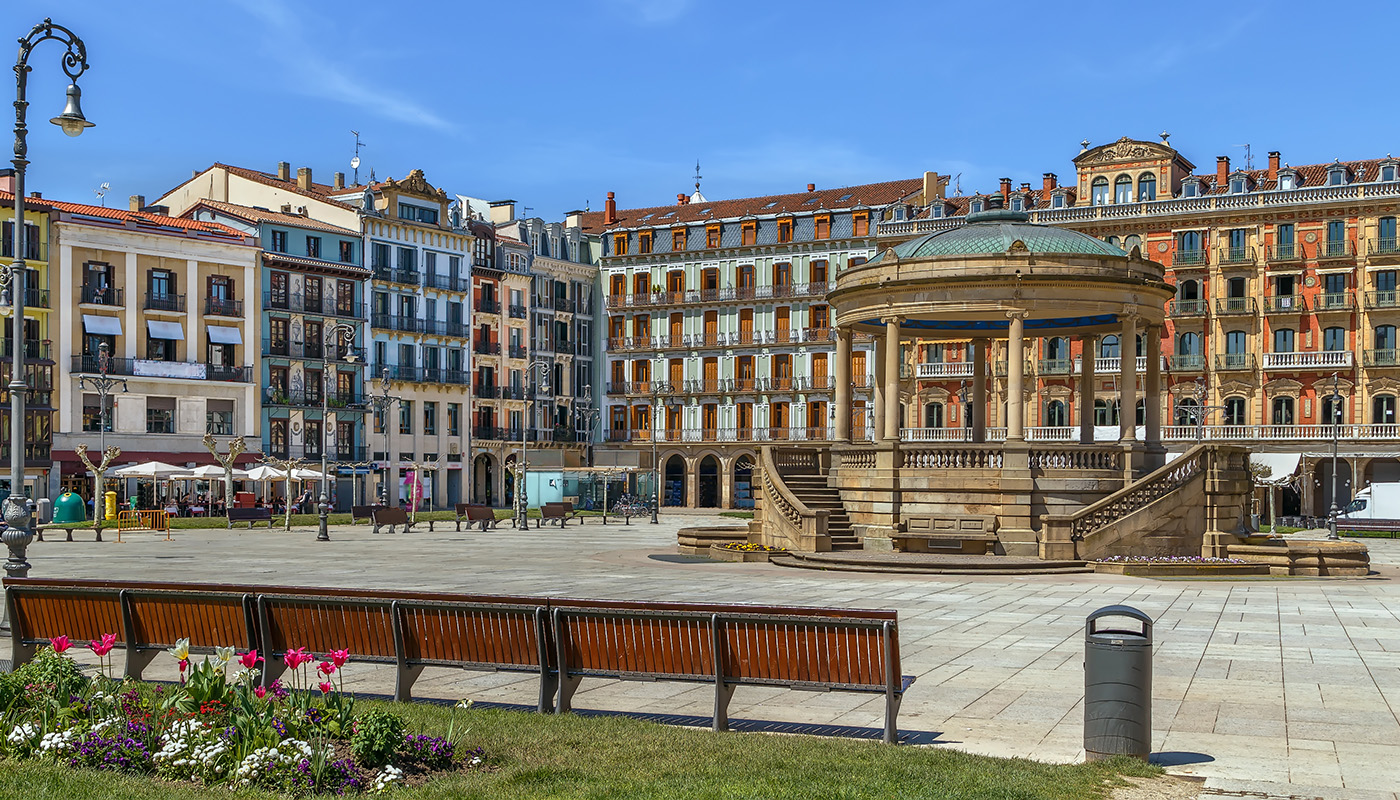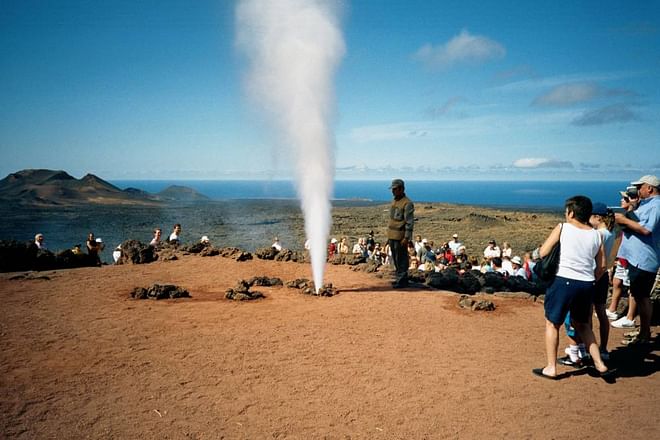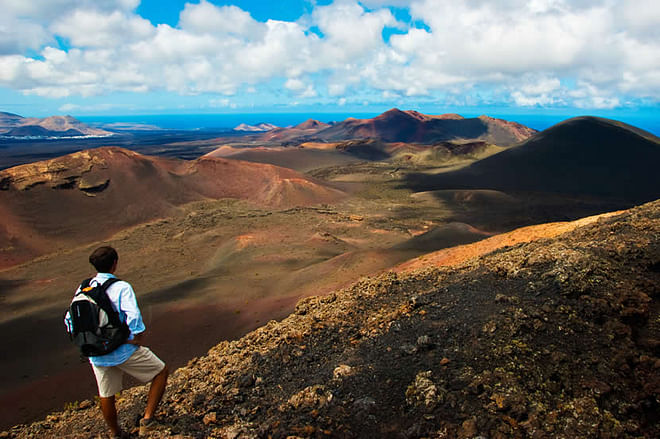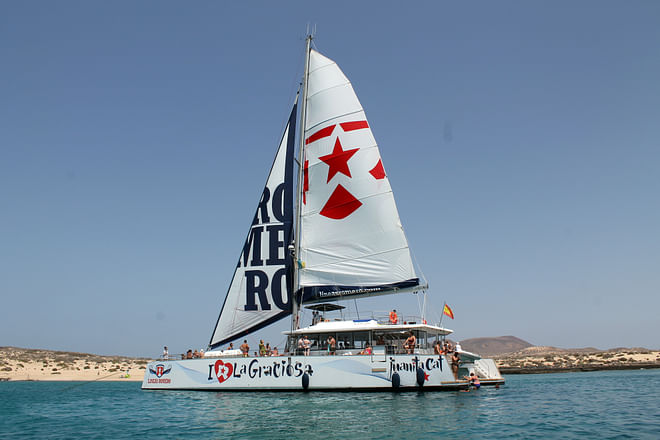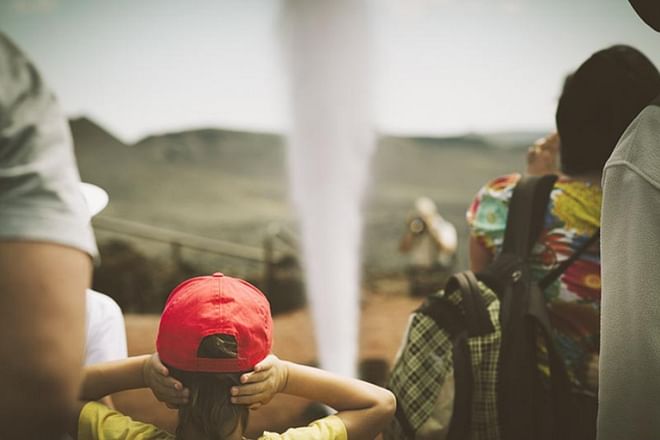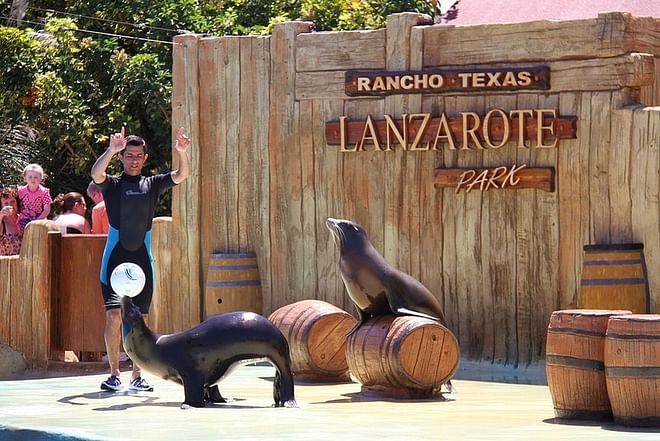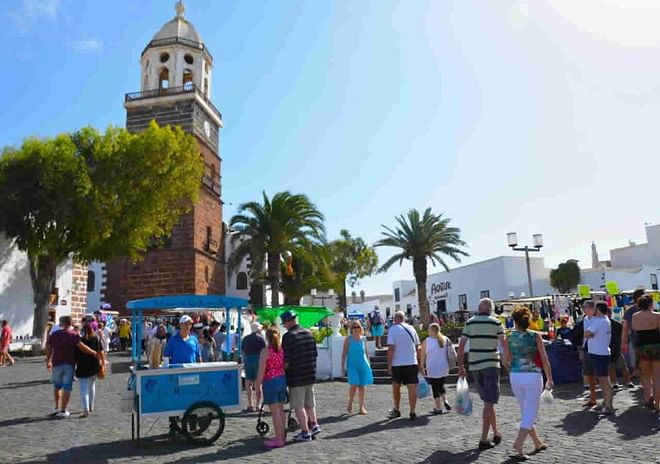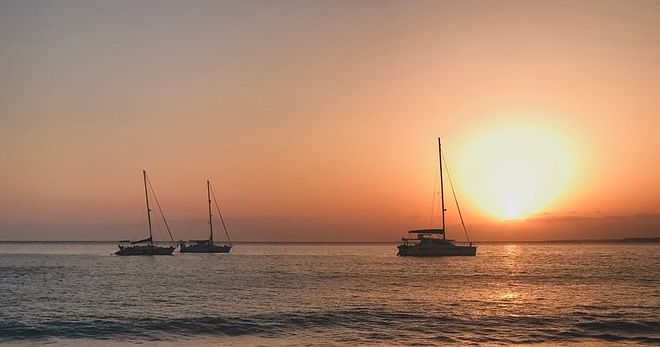The aloe barbadensis miller plant—or Canarian aloe vera—is generally considered one of the best varieties in the world and has grown for centuries on the stony hillsides of Lanzarote in the warmth of its tropical climate, fanned by the trade winds and nourished by the mineral-rich volcanic soil. With recognised benefits for health (including detoxifying, analgesic, antiseptic and anti-inflammatory properties), its use has been linked to the island since pre-Hispanic times. It is known that on his passage through the Canary Islands, Christopher Columbus gathered several examples before setting out on his voyage to the New World in 1492. The recent trend for adopting healthy lifestyles, together with the growth in tourism across the archipelago, has resulted in a significant increase in the production of Canarian aloe vera. Currently, many organic plantations on Lanzarote offer free visits with the aim of disseminating knowledge of this age-old plant.
A quick glance at the history of aloe vera
The history of aloe vera is steeped in anecdotes and mysticism. The earliest description of it is to be found in an Egyptian papyrus dating from 1,500 years BC. It comes as no surprise that Nefertiti and Cleopatra, the most beautiful queens of Egypt, considered it a ‘wonder plant’ using it both as a cosmetic and a protective amulet. It is also known that the Greeks, through the writings of Hippocrates and Theophrastus, studied the aloe as a medicinal plant, and that Theophrastus even suggested to Aristotle a large-scale harvest of it in order to relieve the wounds suffered by the soldiers led by his pupil, Alexander the Great.
The Arabs of Al-Ándalus, who were great admirers of the plant’s therapeutic properties, left large crops of it at the end of the Christian Reconquest. Likewise, the Spanish Jesuits, through their religious missions, introduced the aloe into the newly-discovered continent of America, mainly through the West Indies. In Renaissance Europe, its pharmaceutical application was overshadowed by its use as an ornamental pot plant, and it became relegated to a fall-back remedy as a laxative or as an antiseptic for public places in times of plague.
More recently, there are records of it being used as a cell regenerator with the first patients exposed to X-rays and with the victims of the bombings of Hiroshima and Nagasaki at the end of the Second World War. In 1970, scientists succeeded for the first time in isolating the aloin—the essential molecule of the aloe—thereby initiating the proliferation of formulas for cosmetic products, along with mass production.
The production of aloe vera on Lanzarote
Scientific researchers have never reached a consensus over the origins of the aloe barbadensis miller. Its origins have been attributed to every corner of the world, from the tropics of Jamaica, Barbados or Guyana to the deserts of the Arabian peninsula or tropical Africa. Many experts have also found in the endemism of the Socotra archipelago (of which the Canary Islands are a part), the ideal conditions whereby this plant could have seen life for the first time, thousands of years ago.
What is certain is that nowadays, the Canary Islands can claim with pride that they are the leading region of Europe in the production of aloe vera. Aloe vera is mainly grown in the most northern part of the archipelago—Lanzarote, Fuerteventura and Gran Canaria—where it benefits from the characteristics of the soil: cool and deep, with a very specific acid level, and free from the risk of waterlogging. On Lanzarote alone, almost 150 hectares of land are dedicated to the cultivation of aloe, with production reaching 6 million kilos per year.
Canarian aloe (and more specifically, its gel in a pure form) possesses many therapeutic properties—in particular its power to heal, soothe and coagulate when used externally, while it is used internally to regulate the digestion.
Visit the organic Lanzaloe plantation
A visit to Lanzarote can provide a fantastic opportunity to learn more about its native aloe vera. For years, a number of organic plantations on the island have been offering free visits to their facilities for anyone who is interested. This is true of Lanzaloe, a company established in 2001, dedicated to the manufacture of cosmetic and food products based on organic aloe vera—free of pesticides, herbicides, fertilisers and chemicals.
Located in Órzola, in the north of the island, beyond its entrance built from volcanic stone, lies a farm perfectly in tune with its natural setting. A brief tasting session of sponge cake and an aloe vera-based liquor is the prelude to a fascinating tour of the farm’s production process: from the cultivation of the crop, through the subsequent extraction of its juice, the making of the product, and finally the packing and labelling process. The tour ends at the farm shop, where visitors have the chance to buy the newly-manufactured products.

























































